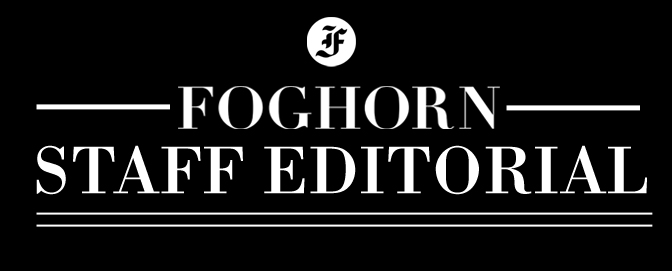Nothing brings the people of San Francisco together like the San Francisco Giants being in the World Series. Even those who are not avid baseball fans, find themselves sucked into the excitement of a win — the third victory in five years. Last Thursday, San Francisco residents and visitors showed their love for our City by the Bay in costly damages, graffiti, toilet-papered Muni lines, burning couches, broken windows, and upended vehicles. Forty people were arrested and two shootings occurred. More than half of those arrested came from out of town, according to the San Francisco Police Department. At the time of print, no official numbers had been released reflecting the cost of these damages, but the last time the Giants won the World Series in 2012, victory riots resulted in up to a million dollars in damages, including a burned Muni bus that cost the city $700,000 to repair.
San Francisco is well-known for being a small city filled with big dreams. Harvey Milk was a pioneer in politics in the 1970’s, recognized as being the first openly gay elected official in California, as well as one that spearheaded the gay rights movement in the Castro District. Haight-Ashbury was a hippie haven that allowed for social experimenters and proponents of the “free love” movement and counterculture to gather and exchange ideas over music and drugs. The 1960’s also brought with it increasing opposition to U.S. military action in Vietnam and conscription of the nation’s young men, which fueled the Peace Movement and the Summer of Love, during which up to 100,000 men and women gathered on Haight-Ashbury in 1967 to increase public awareness on issues like just war. These insurrections led to San Francisco being globally and unofficially dubbed the capital of liberal activism.
Yet since then, the level of activism San Francisco prides itself upon has significantly decreased in the streets. When residents do decide to take to the streets for a cause en-masse, it is unlikely to be for political, economic or social issues, but to riot for a beloved sports team. The scenes pictured on Instagram and the front pages of our city’s newspapers are comparable to the snapshots we see of overseas revolutions and conflicts in Egypt and the Ukraine.
It is no secret that USF students partook in the raucous celebrations downtown and in the Mission, as evidenced by Snapchats, Instagram posts, texted selfies in front of burning objects, and other mediums of social media. The blatant disregard for the city’s property not only costs the city money — money that could be better spent elsewhere — but it also reinforces the “Me Me Me Generation” image attached to us, millennials, by publications like TIME Magazine.
There is no doubt that the times have changed and social media is now a readily available outlet for conversation and exchange of ideas, just as Haight-Ashbury was a central location for like-minded individuals in the sixties. But the way we use these tools and resources needs to evolve as well. We should be checking Twitter for when the next protest for education or healthcare is, just as much as we check for crowdsourced information on our next photo-op: the burning couch in the midst of a sports riot.
Check out accounts like @SFPublicPress and @SFist for updates on local issues and events. Follow the right Facebook pages which represent issues you know you would like to keep up with and organizations that are doing something about them. What if your next photo-op was a protest? What if you and like-minded friends dressed the part, scribbled a few posters, and ensured that a message you care about reached up to 200 friends on your feed? It might even get more likes than that riot picture you posted last week.

